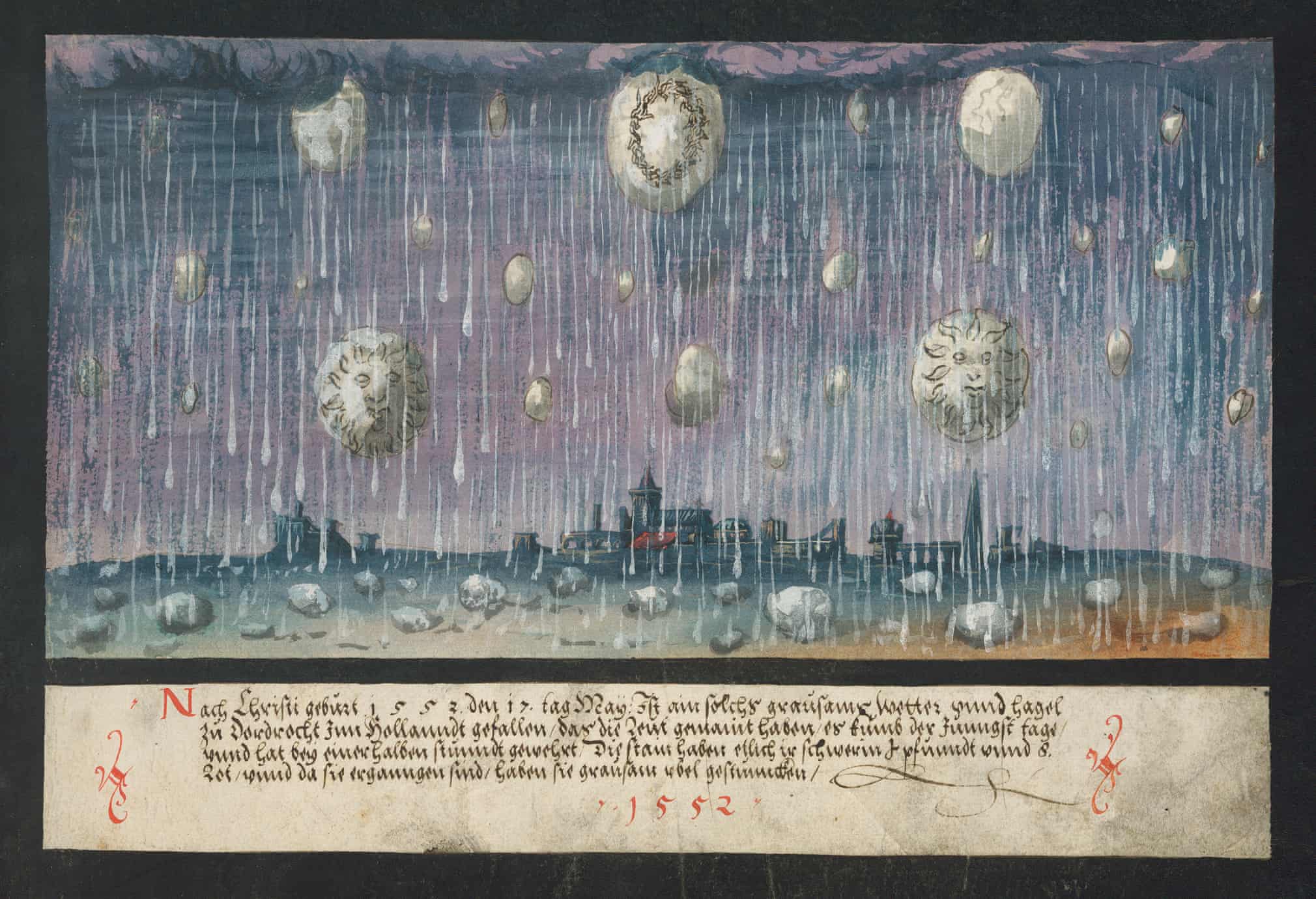Letting a beloved film director wander through the aisles of a well-stocked video store feels like such guaranteed YouTube fodder that it’s a surprise it really hasn’t been done until recently. But then I remind myself that the video store itself is a thing of the past, and to see one so well stocked, Library of Alexandria style, is news itself. For the above video, the director browsing the DVDs is none other than madcap genius Terry Gilliam. The video store is Paris’ JM Video. The chat as expected is marvelous. (Only 20 minutes? I’m sure many of us could listen to Gilliam rabbit on about his favorite films for twice, thrice that.)
Along the way, here are some things we learn:
- Some of his favorite filmmakers are Stanley Kubrick, Lina Wertmuller, Federico Fellini, and one of his current friends, Albert Dupontel, the French actor-director who has used Gilliam in several of his films.
- He is thanked in the credits of Tarantino’s Reservoir Dogs. Why? Because when Tarantino was at the Sundance Institute with his script, it was only Gilliam who immediately saw the brilliant screenplay for what it was, and encouraged Tarantino to stay true to himself.
- He’s not a fan of Die Hard, but it was the scene where Bruce Willis talks to his wife while picking glass shards out of his foot that revealed a vulnerability in the actor. It led to Gilliam casting Bruce Willis in 12 Monkeys. Similarly, he was able to work with Brad Pitt and get him to flip his cool and handsome demeanor on its head for the manic co-starring role.
- Gilliam stole the idea of multiple actors playing the same title character in The Imaginarium of Doctor Parnassus (after lead actor Heath Ledger died during shooting) from Luis Buñuel’s
That Obscure Object of Desire. In that film, two women play the same character interchangeably. If it’s good enough for Buñuel… - Eisenstein’s Ivan the Terrible (parts one and two) is a “dangerous” film, because it was one of Putin’s most watched movies. (Not that we should stop watching Eisenstein.) Gilliam’s way of pronouncing Putin as “poutine” is intentional, no?
- Being a fan of Monty Python was a good way of getting cast in a Gilliam film. The director knows he would have not worked with Sean Connery (in Time Bandits) or Robert DeNiro (in Brazil) if both didn’t know his work on the classic comedy. (It also helps to have producers who go golfing with A‑list actors.)
- He disses Christopher Nolan (“technically brilliant” but then “the films become video games” with “no gravity”), and repeats a swipe against Spielberg’s Schindler’s List that he heard from Kubrick. (“It’s a film about success.”)
- He imagines a better closing edit to Close Encounters that ends upon seeing the legs of the alien as the hatch opens. Then we would have had something to talk about on the way home, he says.
There’s another video in the series featuring David Cronenberg, along with visits from Michael Bay, Asghar Farhadi, Audrey Diwan, Dario Argento, and many more.
Related Content:
Terry Gilliam Reveals the Secrets of Monty Python Animations: A 1974 How-To Guide
Terry Gilliam Explains His Never-Ending Fascination with Botticelli’s “The Birth of Venus”
Ted Mills is a freelance writer on the arts who currently hosts the Notes from the Shed podcast and is the producer of KCRW’s Curious Coast. You can also follow him on Twitter at @tedmills, and/or watch his films here.








